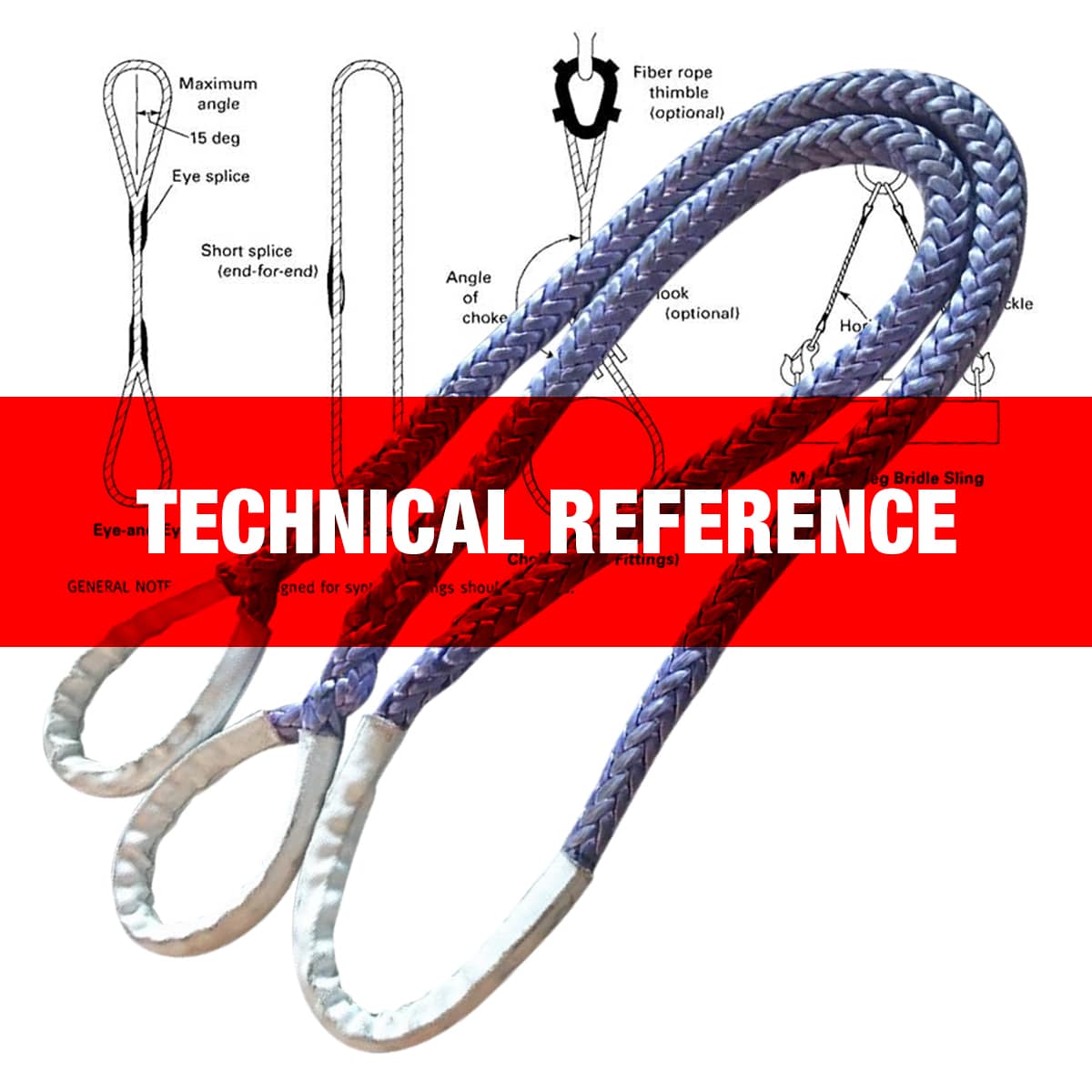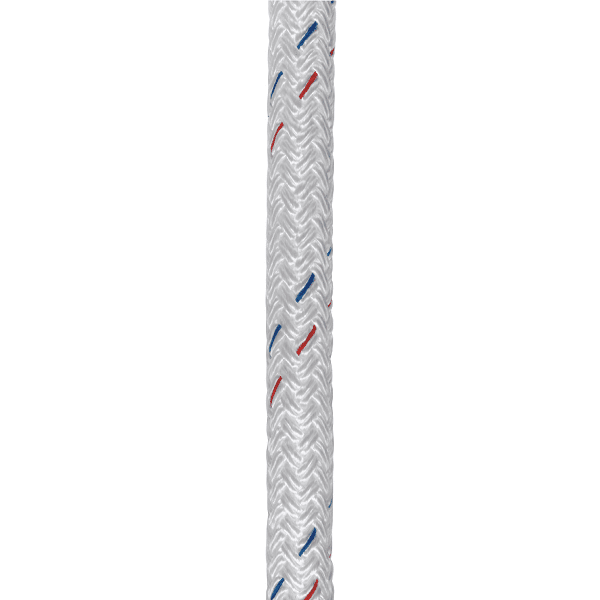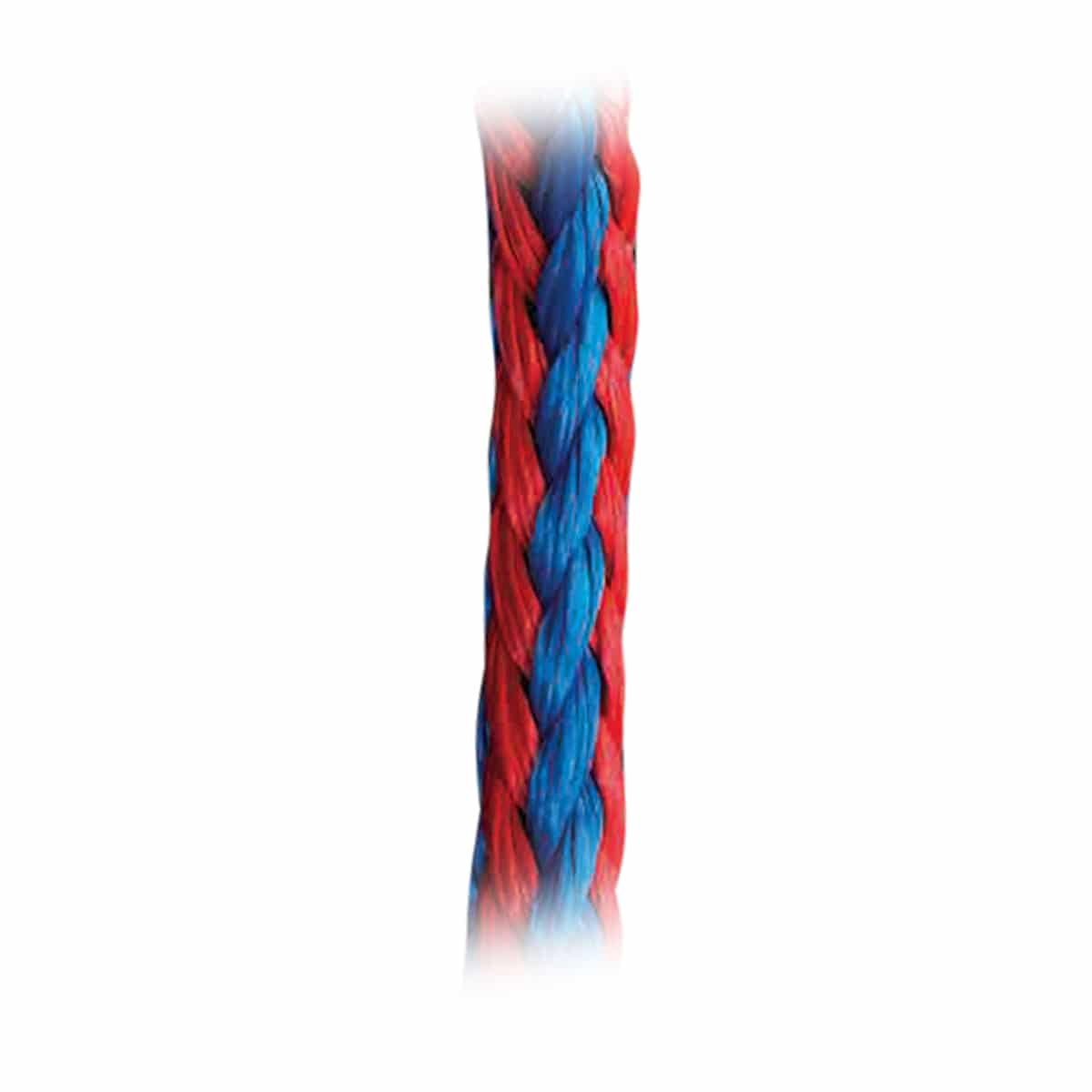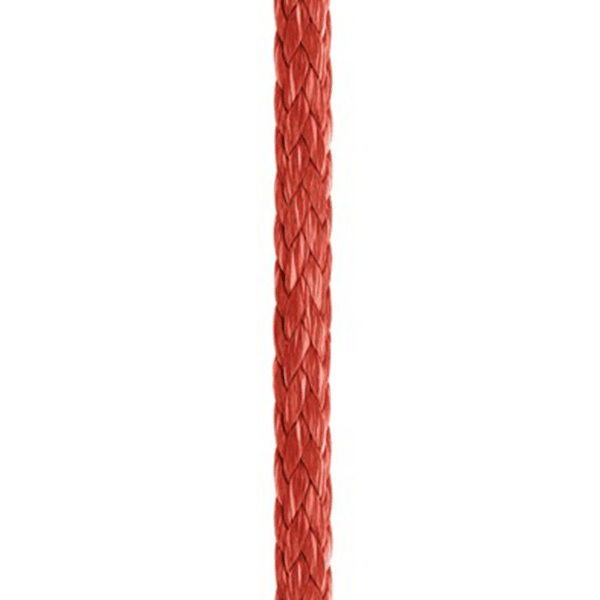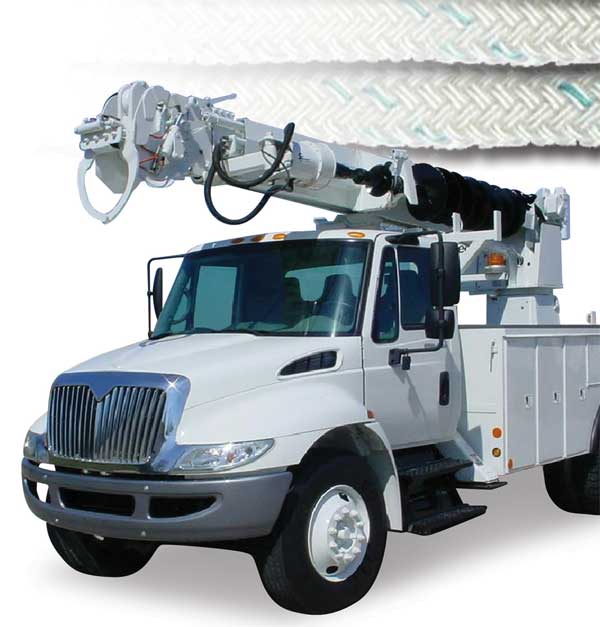Description
SECTION 9-4.3: FABRICATION & CONFIGURATIONS
9-4.3.1 Fabrication
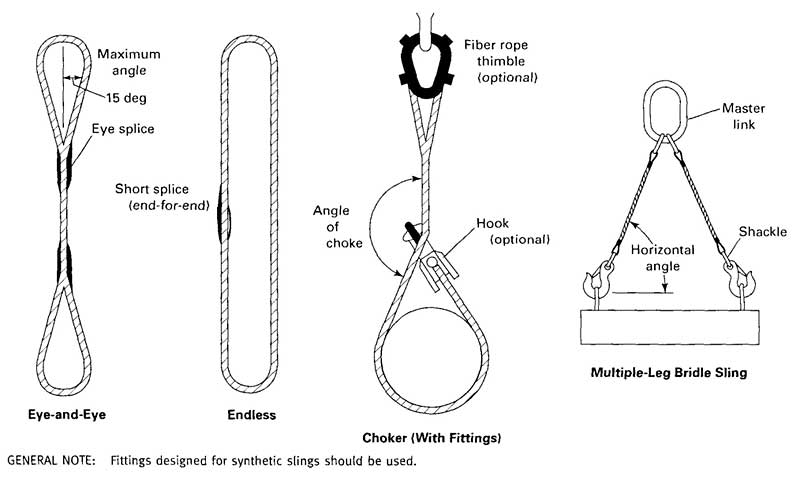
Splicing is the preferred method of fabricating eye-and-eye or endless rope components for slings. All splices shall be made in accordance with splicing instructions provided by the rope manufacturer or a qualified person. In addition, the following shall be observed:
(a) With tuck splices in three-strand and eight-strand synthetic ropes, no less than four full tucks shall be used. Short splices shall contain at least six full tucks, three on each side of the center of the splice.
(b) Strand end tails in all tuck splices shall not be trimmed short (cut flush with the body of the rope). In cases where the projecting tails may be objectionable, the tails shall be tapered and buried into the body of the rope using two additional tucks.
(c) Synthetic rope slings shall have a minimum undisturbed length of rope of 10 times the rope diameter between the last tuck of tuck splices or between the ends of the buried tails or strands of other types of splices.
(d) The diameter and width of the bearing surface of the fitting can affect the strength of the sling. The sling manufacturer’s recommendation should be followed when fittings are used with the sling.
(e) Knots, clips, or clamps shall not be used to fabricate slings.
(f) If thimbles do not have ears to prevent rotation, they should be lashed to the rope. Thimbles should be used in the sling whenever possible, installed in a manner that will prevent the thimble from rotating inside the eye or falling out of the eye.
SECTION 9-4.7: SLING IDENTIFICATION
9-4.7.1 Identification Requirements
Each sling shall be marked to show:
(a) name or trademark of manufacturer
(b) manufacturer’s code or stock number
(c) rated load for at least one hitch type and the angle upon which it is based
(d) type of fiber material
(e) number of legs, if more than one
9-4.7.2 Initial Sling Identification
Sling identification shall be done by the sling manufacturer.
9-4.7.3 Maintenance of Sling Identification
Sling identification shall be maintained by the user so as to be legible during the life of the sling.
9-4.7.4 Replacement of Sling Identification
Replacement of the sling identification shall be considered a repair as specific in paras. 9-4.9.5(a) and (b). Additional proof testing is not required.
SECTION 9-4.8: EFFECTS OF ENVIRONMENT
9-4.8.1 Temperature
(a) Polyester and nylon rope slings shall not be used in contact with objects or at temperatures in excess of 194°F (90°C) or at temperatures below -40°F (-40°C).
(b) Some synthetic yarns do not retain their published breaking strength during long-term exposure above 140°F (60°C). The rope sling manufacturer should be consulted for the effects of long-term heat exposure.
9-4.8.2 Chemically Active Environments
The strength of synthetic rope slings can be degraded by chemically active environments. This includes exposure to chemicals in the form of solids, liquids, gases, vapors or fumes. The sling manufacturer or qualified person should be consulted before slings are used in chemically active environments.
9-4.8.3 Sunlight & Ultraviolet Light
The strength of synthetic rope slings is degraded by exposure to sunlight or ultraviolet light. The sling manufacturer or qualified person should be consulted for additional retirement or inspection requirements.
SECTION 9-4.9: INSPECTION, REMOVAL & REPAIR
9-4.9.1 Initial Inspection
Prior to use, all new, altered, modified, or repaired slings shall be inspected by a designated person to verify compliance with the applicable provisions of this Chapter.
9-4.9.2 Frequent Inspection
(a) A visual inspection for damage shall be performed by the user or other designated person each day or shift the sling is used.
(b) Conditions such as those listed in para. 9-4.9.4 or any other condition that may result in a hazard shall cause the sling to be removed from service. Slings shall not be returned to service until approved by a qualified person.
(c) Written records are not required for frequent inspections.
9-4.9.3 Periodic Inspection
(a) A complete inspection for damage to the sling shall be periodically performed by a designated person. Each sling and component shall be examined individually, taking care to expose and examine all surfaces. Inspection shall be conducted on the entire length including splices, end attachments, and fittings. The sling shall be examined for conditions, such as those listed in para. 9-4.9.4 and a determination made as to whether they constitute a hazard.
(b) Periodic Inspection Frequency. Periodic inspection intervals shall not exceed 1 year. The frequency of periodic inspections should be based on:
(1) frequency of sling use
(2) severity of service conditions
(3) nature of lifts being made
(4) experience gained on the service life of slings used in similar circumstances
(c) Guidelines for the time intervals are
(1) normal service—yearly
(2) severe service—monthly to quarterly
(3) special service—as recommended by a qualified person
(d) Documentation that the most recent periodic inspection was performed shall be maintained.
(e) Inspection records of individual slings are not required.
9-4.9.4 Removal Criteria
A synthetic rope sling shall be removed from service if conditions, such as the following are present:
(a) missing or illegible sling identification (see Section 9-4.7)
(b) cuts, gouges, areas of extensive fiber breakage along the length, and abraded areas on the rope
(c) damage that is estimated to have reduced the effective diameter of the rope by more than 10%
(d) uniform fiber breakage along the major part of the length of the rope in the sling such that the entire rope appears covered with fuzz or whiskers
(e) inside the rope, fiber breakage, fused or melted fiber (observed by prying or twisting to open the strands) involving damage estimated at 10% of the fiber in any strand or the rope as a whole
(f) discoloration, brittle fibers, and hard or stiff areas that may indicate chemical damage, ultraviolet damage or heat damage
(g) dirt and grit in the interior of the rope structure that is deemed excessive
(h) foreign matter that has permeated the rope and makes it difficult to handle and may attract and hold grit
(i) kinks or distortion in the rope structure, particularly if caused by forcibly pulling on loops (known as hockles)
(j) melted, hard, or charred areas that affect more than 10% of the diameter of the rope or affect several adjacent strands along the length that affect more than 10% of strand diameters
(k) poor condition of thimbles or other components manifested by corrosion, cracks, distortion, edges or localized wear
(l) for hooks, removal criteria as stated in ASME B30.10
(m) for rigging hardware, removal criteria as stated in ASME B30.26
(n) other visible damage that causes doubt as to the strength of the sling
9-4.9.5 Repair
(a) Slings shall be repaired only by the sling manufacturer or a qualified person.
(b) A repaired sling shall be marked to identify the repairing agency per Section 9-4.7.
(c) Components used for sling repair shall comply with the provisions of this Chapter.
(d) The ropes that make up the sling shall not be respliced or knotted to effect repairs.
(e) All repairs shall comply with the proof test requirements of Section 9-4.6.
(f) Modifications, alterations, or repairs to end attachments or fittings shall be approved by the sling manufacturer, fitting or component manufacturer, or a qualified person and shall conform to all other provisions of the Chapter.
(g) Repair of hooks (ASME B30.10), rigging hardware (ASME B30.26), below-the-hook lifting devices (ASME B30.20), or other special devices shall comply with the repair instructions in the applicable volumes.

